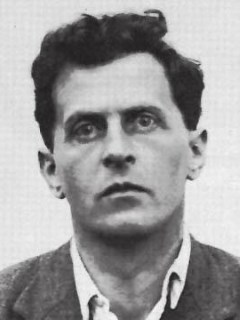
Publication details
Publisher: Springer
Place: Berlin
Year: 1990
Pages: 51-63
Series: Schriftenreihe der Wittgenstein-Gesellschaft
ISBN (Hardback): 9783209011220
Full citation:
, "What objects could not be", in: Wittgenstein — eine neubewertung/Wittgenstein — towards a re-evaluation, Berlin, Springer, 1990


What objects could not be
pp. 51-63
in: Rudolf Haller, Johannes L. Brandl (eds), Wittgenstein — eine neubewertung/Wittgenstein — towards a re-evaluation, Berlin, Springer, 1990Abstract
When it comes to Wittgenstein's Tractatus about the only thing anyone agrees on is that there is almost nothing everyone agrees on. This is notoriously true of Tractarian objects. Opinions on the subject are nearly as numerous as commentators. Some, perhaps embarrassed by such riches, discount the notion itself as incoherent.1 I am cautiously less pessimistic. I believe that something can be said about what TLP objects are not and that this, in turn, provides a clue as to what they might be. What objects might be, I shall suggest toward the end of the paper, are universals or properties of a certain sort. What they cannot be, I shall argue at the outset, are particulars of any sort.
Cited authors
Publication details
Publisher: Springer
Place: Berlin
Year: 1990
Pages: 51-63
Series: Schriftenreihe der Wittgenstein-Gesellschaft
ISBN (Hardback): 9783209011220
Full citation:
, "What objects could not be", in: Wittgenstein — eine neubewertung/Wittgenstein — towards a re-evaluation, Berlin, Springer, 1990

